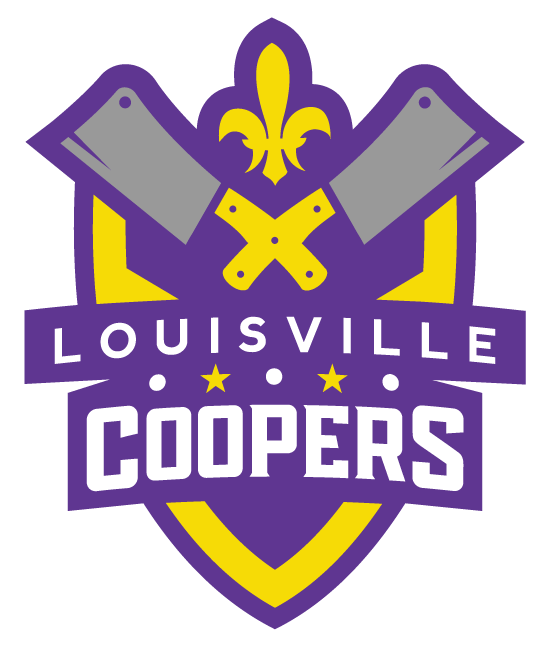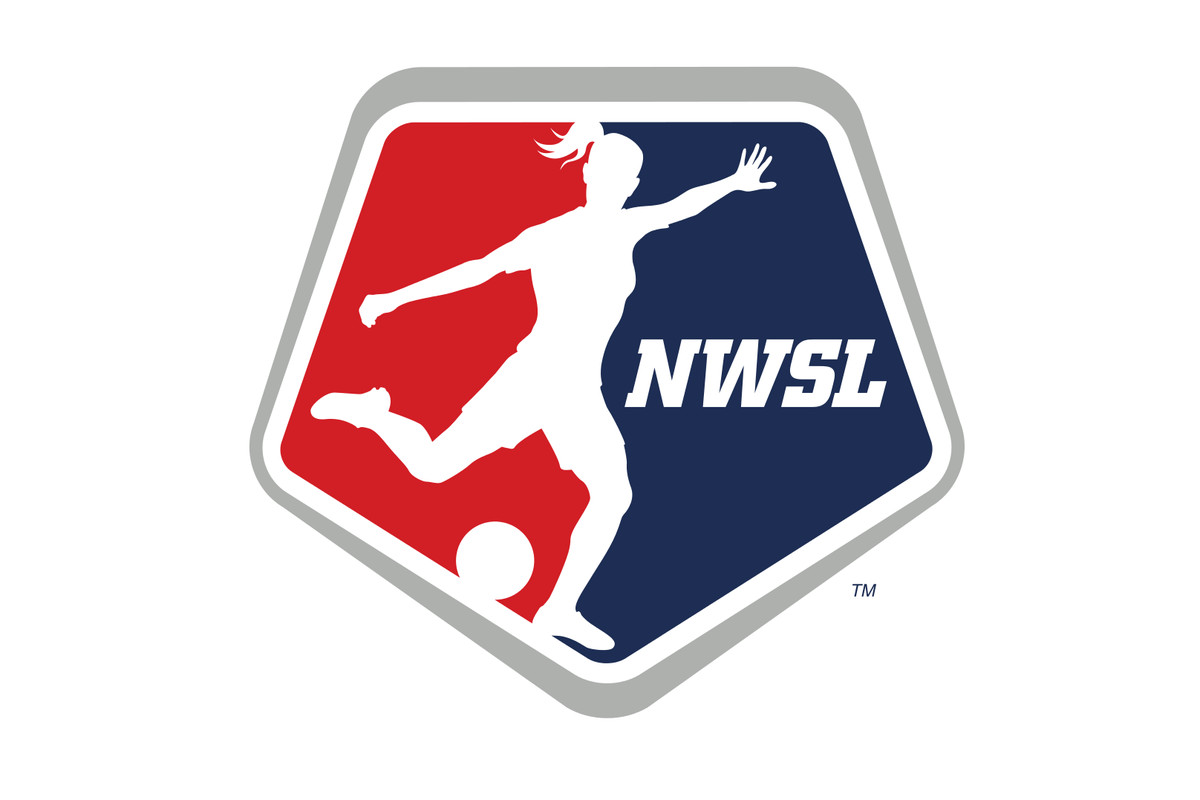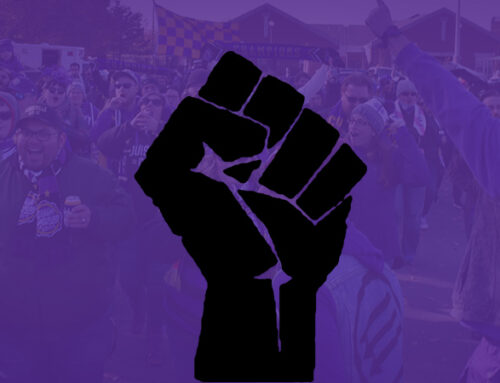By Andrew Oost
With World Cup 2019 in full swing, we find ourselves in the midst of the quadrennial reminder that women’s soccer in the United States is really, really good. Like a breath of fresh air, the US Women’s National Team has come along to show us that soccer in this country can be played at a world-class level, and that the recent ineptitude within the men’s program need not taint the entire spectrum of American soccer.
Unfortunately, the USWNT seems to fully capture the nation’s attention only during big international tournaments, primarily the World Cup and Olympics. These tournaments add up to a mere couple months of rapt attention per four years, which seems a depressingly short window in which to enjoy the high quality and entertainment value that they provide. The women’s game doesn’t cease to exist for the other 46 months, however, and the premier venue for a large number of the world’s greatest players is right here in the United States, in the National Women’s Soccer League (NWSL).
The various professional women’s leagues that have existed since the turn of the century haven’t gained notoriety quite like the Women’s National Team and their notable exploits, but there has been progress. Attendance at NWSL games has increased steadily since its inception in 2014. The NWSL had an average attendance of 6,024 in 2018. By comparison, USL averaged 4,923 this past season. Granted, both league’s numbers were bolstered by an attendance whale (Portland Thorns in NWSL, and FC Cincinnati in USL), but even if we remove those outliers, the numbers remain similar, with 4,656 for the NWSL, and 4,263 for the USL.
All of these figures lead me to the point: If we presuppose that a USL team is viable in a market like Louisville, particularly once it has a beautiful new stadium, then shouldn’t a NWSL team be as well?
In its current setup, NWSL teams host at least 12 home games per season, a number that will assuredly go up in the near future as the league expands. Assuming that a Louisville City women’s team could draw a league average attendance of around 5,000 per game, at least 60,000 additional people would pass through the turnstiles of the Butchertown Stadium every season. When adding to that concessions, merchandise, and all the ancillary benefits to the club and the brand, a Louisville City women’s side begins to make sense on a number of levels.
The North Carolina Courage of the NWSL are a good baseline for what a Louisville City women’s team might be able to accomplish. Founded in 2017, they are a sister club of USL side North Carolina FC. They are the only team in NWSL currently affiliated with a USL side, a fact that might be changing soon, and one that portends well for the possibility of Louisville City replicating the Courage model.
In 2018, The Courage actually outdrew their affiliate USL team in attendance (5,129 for the Courage, 4,730 for NCFC). The team has been dominant on the field as well, winning a regular season title, two NWSL Cups, and the inaugural Women’s International Champions Cup, featuring the Manchester City, Lyon, and Paris-Saint Germain women’s sides. In addition, seven current Courage players are participating in the 2019 World Cup, including four on the United States team.
The NWSL is not just a women’s version of MLS, a mark to it’s credit in this writer’s estimation, but rather an independent first-division league. While five of the nine clubs are affiliated with an MLS team, the aforementioned North Carolina is affiliated with the USL’s North Carolina FC, and the remaining three are independent, unaffiliated clubs. It seems that entry into the NWSL is dependent only on having an owner willing to invest, and a community ready to support the team.
The oft-debated possibility of Louisville City joining MLS is dubious at best, and the merits of even pursuing such a move at this point are questionable. NWSL, however, is a league seemingly in search of new markets and opportunities. The NWSL is a top-flight, first division league that would likely welcome Louisville City with open arms, no groveling required. If there is a barrier to entry into NWSL, the cost is likely a fraction of the monstrous $200 million MLS is currently charging for admittance.
One thing that becomes apparent every four years during the Women’s World Cup, is that the US Women’s National Team is exceedingly popular. A strong case can be made that the USWNT is at least as popular, and far more successful, than the Men’s National Team, which uncoincidentally is the basis of an ongoing lawsuit for equal pay against USSF. In terms of sheer star-appeal, players such as Alex Morgan and Megan Rapinoe have at least as much acclaim to the casual soccer fan as anybody currently in the men’s setup.
All 23 of the players on this year’s World Cup team play in the NWSL, and 8 of the 9 teams in the league have players on the roster. In addition, international stars such as Marta, Christine Sinclair and Samantha Kerr also ply their trade in the NWSL. Having a team in the NWSL virtually guarantees that world class international talent will be coming to town for every game.
Seeing Shaun Francis and Speedy Williams recently excel for the Jamaican National Team has been a source of pride for Louisville City fans, and a reminder that the quality level of our team is much higher than many could have imagined. With a NWSL team, Louisville City players participating in the Olympics or World Cup would be almost a certainty.
Nothing is a sure bet in the business of American soccer, of course. The list of clubs and leagues that have folded, relocated, or continually struggled for survival is far longer than the list of clubs that have achieved lasting success. An American club or league’s existence is always somewhat in peril outside of the comfortable bubble of MLS/SUM, and even within that bubble it has not always been such a sure thing (see Crew, Columbus).
Although it is the longest-tenured of any women’s professional league ever launched in the US, the NWSL still faces many obstacles. The NWSL’s primary media partner, A&E, cut ties with the league in the offseason, leaving the league without a major broadcast outlet for the current season. Outside sponsorships have been lacking, and salaries remain modest-to-poor, especially on the lower end of the pay scale.
The club game in Europe is increasing in popularity, as are the salaries paid to players, and thus European leagues are now directly competing with the NWSL for the best professional talent in the world. Even in North America, the Mexican Liga MX Femenil has made massive strides in recent years, and boasts 18 clubs and an attendance roughly on par with NWSL, despite only having completed two full seasons.
Despite the competition, a rising tide in women’s soccer should, in theory, lift all boats. Assuming the NWSL can begin to overcome some of these obstacles, it appears that the risk for a club such as Louisville City, may be outweighed by the potential reward.
Louisville City has blazed a trail towards sustainable excellence outside of MLS, perhaps more so than any club in the US. The massive on-field success, the impending unveiling of one of the premier soccer venues in the nation, the early progress in creating a robust youth program, all are signposts on the way to the creation of a great, long-lasting club. Adding a women’s team into the fold would be clear signal that LCFC is intent on thriving at all levels of the sport.
The NWSL currently represents an incredible value as a soccer investment opportunity, and one that surely warrants serious consideration from Louisville City ownership. It would be surprising if conversations haven’t already occured between management and former LCFC President Amanda Duffy, who happens to be the current President of NSWL.
As we enjoy this year’s edition of the Women’s World Cup, let’s keep in mind that these players talents are on display each and every year in the NWSL, and that support for women’s professional soccer should not end at the conclusion of the major tournaments. These athletes deserve the support of soccer fans as they pursue their club careers as well, and Louisville City FC is in a prime position to become the professional home for many of them.













